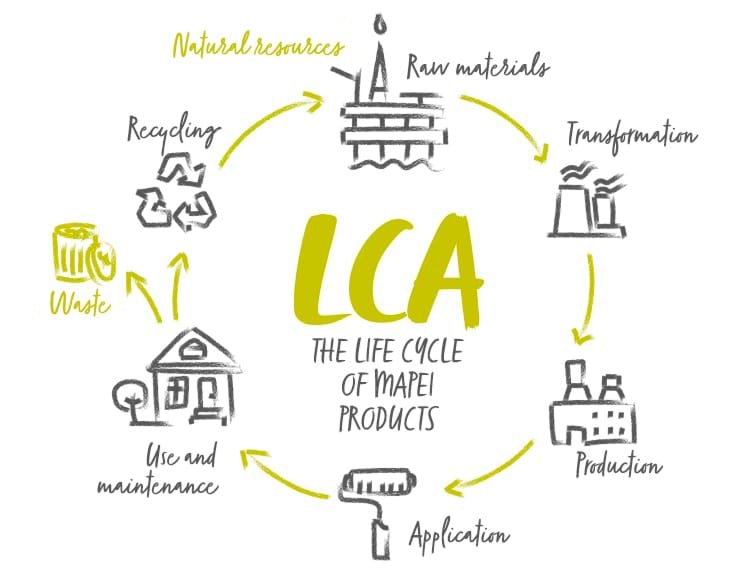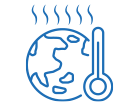MAPEI promotes the total offsetting of residual CO2 emissions during the life cycle of products by acquiring certified environmental credits to support the implementation of renewable energy projects.
Since 2012 MAPEI Group has offset over 80,000 tons of CO2 associated with the manufacturing of numerous products by acquiring certified environmental credits. Now, in 2023, CO2 emissions offset comes to North America.
CO2 emissions measured throughout the life cycle of products from the Zero line in 2023, using Life Cycle Assessment (LCA) methodology, verified and certified with EPDs, have been offset through the acquisition of third-party-certified carbon credits in support of renewable energy and forestry protection projects. A commitment to the planet, to people and to biodiversity.


CO2 emissions from our products are expressed in kg of CO2eq per kg of product and are calculated using standardized Life Cycle Assessment (LCA) methodology. The analysis of the life cycle of a product is an evaluation of the environmental impacts the product has throughout all the various phases of its life, from cradle to grave. Calculations are made from extraction of the raw materials that make up the formula to their transport to the production plant, through the production cycle, product packaging, waste materials, transportation of the finished product to the distributor and its final disposal.
The approach in which each life phase of a product is taken into consideration is called “from cradle to grave.”

GWP

ODP

POCP

EP

AP

ADP-ELEMENTS

ADP-FOSSIL

WDP

